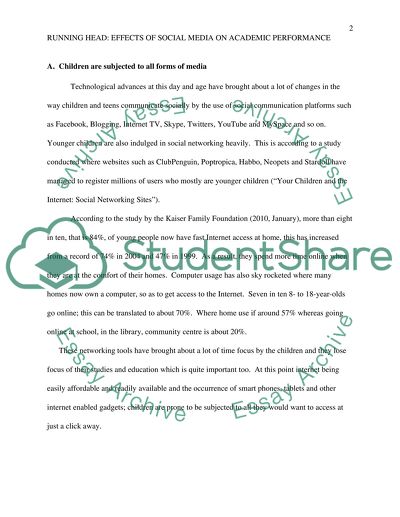Cite this document
(“Effect of Social Media on Childrens Academic Performance Essay”, n.d.)
Effect of Social Media on Childrens Academic Performance Essay. Retrieved from https://studentshare.org/education/1472400-effect-of-social-media-on-childrens-academic-performance
Effect of Social Media on Childrens Academic Performance Essay. Retrieved from https://studentshare.org/education/1472400-effect-of-social-media-on-childrens-academic-performance
(Effect of Social Media on Childrens Academic Performance Essay)
Effect of Social Media on Childrens Academic Performance Essay. https://studentshare.org/education/1472400-effect-of-social-media-on-childrens-academic-performance.
Effect of Social Media on Childrens Academic Performance Essay. https://studentshare.org/education/1472400-effect-of-social-media-on-childrens-academic-performance.
“Effect of Social Media on Childrens Academic Performance Essay”, n.d. https://studentshare.org/education/1472400-effect-of-social-media-on-childrens-academic-performance.


